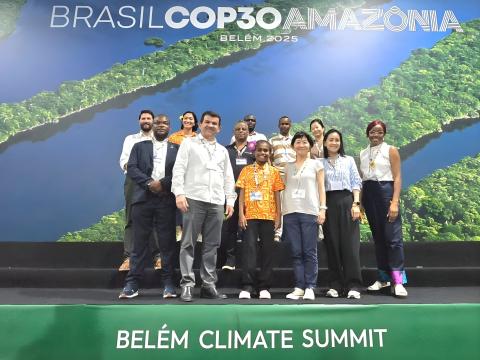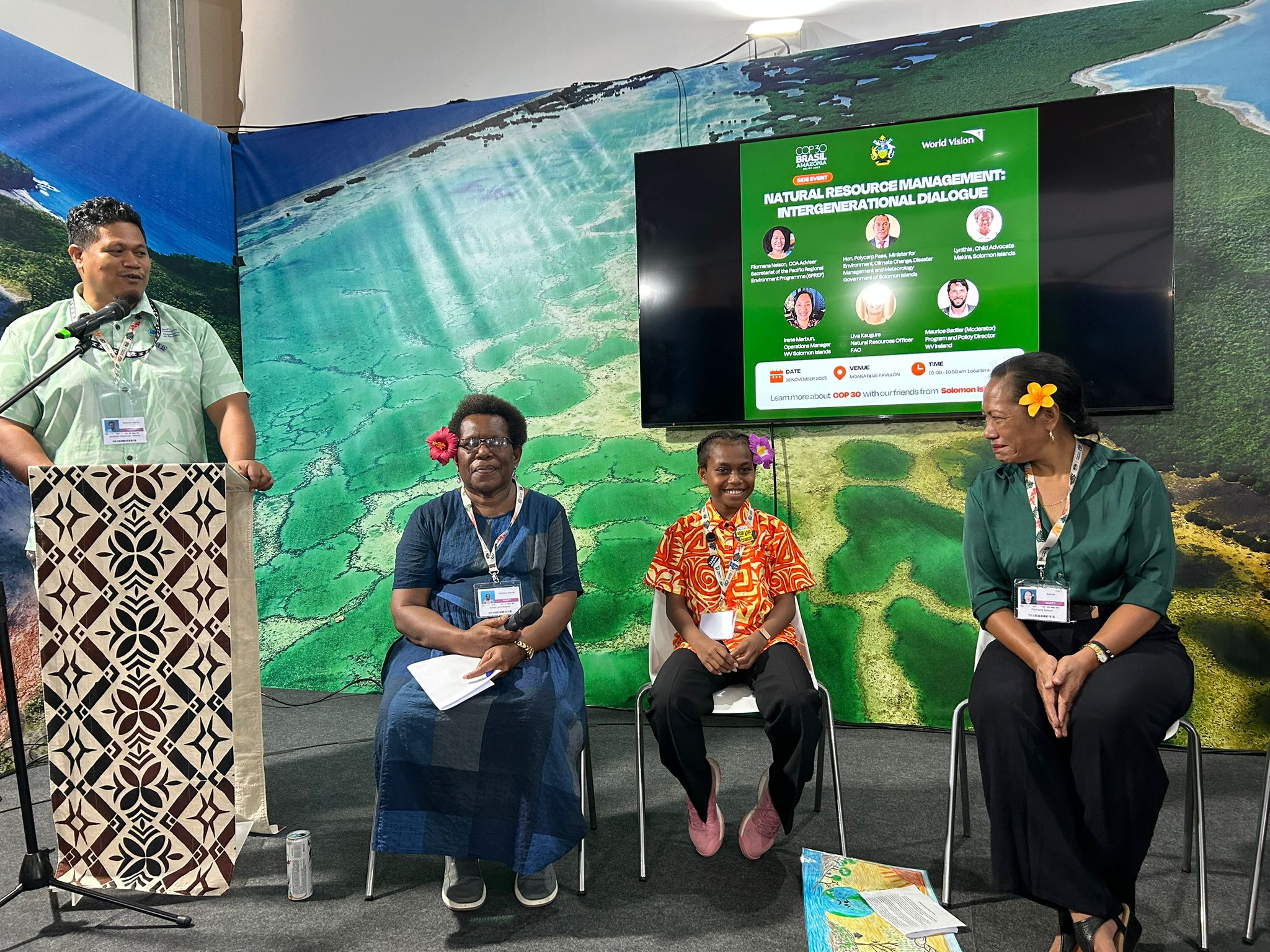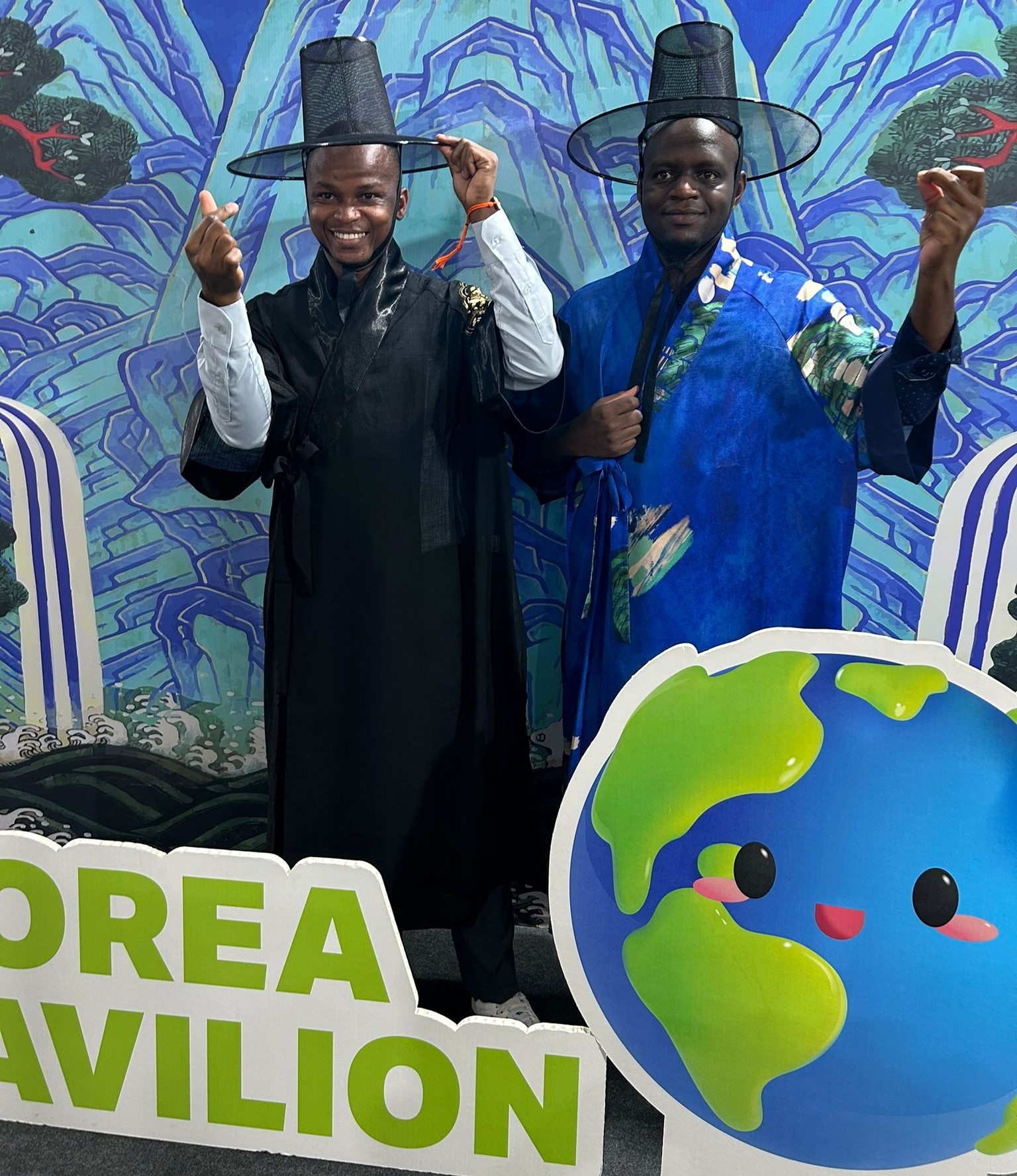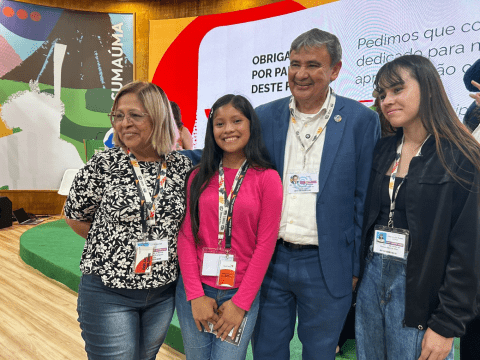
Has COP30 Really Brought Us Any Closer to Protecting Children from Climate Breakdown?
Yukiko Yamada, Technical Director for Environmental Sustainability and Climate Action, reflects on the post-COP30 landscape and why the implementation narrative still falls short for the world’s most vulnerable.
26 November 2025.
After days of deliberation in Belém, I left COP30 with a sense of cautious reflection rather than celebration. Although leaders initially hailed it as an “Implementation COP”, the lived reality for children in fragile contexts remains disturbingly unchanged. Yes, the commitments were made to accelerate renewable energy and move adaptation finance forward. Yes, the long-awaited Loss and Damage Fund finally edged into operation. Yet for children like Lynthia in Solomon Islands, these signals mean little when schools are collapsing, homes are being swallowed by rising seas, and entire childhoods are dismantled in real time.
Some progress has been made, but it remains far from sufficient for the scale of the crisis. The question is no longer whether action is happening, but whether it is happening fast enough to safeguard futures before they slip irretrievably away.
Although headline summaries celebrated political choreography, a deeper concern persists: the gap between ambition and implementation is widening. And children rarely invited into the spaces where decisions take shape continue to fall first into that void.

A Promise Sliding Out of Reach
Keeping 1.5°C alive is not just a technical benchmark. It is a moral commitment defining who we choose to protect. As Minister Polycarp Paea declared, for Solomon Islands the 1.5°C target is not symbolism; it is survival. World Vision reaffirms that every fractional rise brings sharper hunger, deeper displacement, and increasingly fractured childhoods.
The idea around a “just transition” rests on an assumption that warrants scrutiny, as climate vulnerable communities cannot move towards green economies without predictable, grant-based finance. Eighty-two countries endorsed the idea of a roadmap, yet COP30 stopped short of delivering one. Rarely has ambition been so well-articulated yet so structurally unsupported.
Adaptation: Still Treated as Optional
Adaptation should anchor global climate action, but it continues to be treated as an additional measure. The adoption of 59 indicators under the Global Goal on Adaptation is progress, though far less prescriptive than anticipated. This opens space for locally led adaptation, a genuine opportunity, provided the finance follows rather than lags.
Abasi, World Vision’s youth delegate from Tanzania, speaks to a disquieting reality: the relationship between people and the land has fractured. Recurring droughts and widespread deforestation have undermined livelihoods to the point of precarity. “Even when we want to adapt, we don’t have the funds.” His reflection underscores a truth often overlooked by policymakers, adaptation frameworks cannot succeed where information, infrastructure, and finance fail to reach the poorest households.

Children’s Participation: Recognised Yet Unanchored
Children’s presence at COP30 was more visible than at any previous COP, particularly in side events. Yet visibility does not equate to influence. While the Mutirão recognised children as agents of change, their contributions remain largely peripheral without institutionalised mechanisms to embed their voices in decision-making. As Florecita from Guatemala reminds us, “Real progress begins when we stop applauding children for speaking and start recognising them as genuine stakeholders.” Her words are not a critique of participation itself, but of systems designed to limit its impact.
Food Systems and the Missing Urgency
The Belém Declaration on Hunger, Poverty and Human-Centred Climate Action signals an important shift towards linking climate ambition with social justice. Still, the treatment of agriculture revealed a familiar disconnect.
Regenerative agriculture and indigenous stewardship were highlighted in discussions, but unless these commitments move into formal negotiation tracks, they will remain aspirational rather than transformative.
Nature-based solutions, among the most cost-effective interventions, offer dual benefits: restoring soils, improving nutrition, and building resilience for smallholder farmers. Despite this potential, they remain chronically underfunded, held back by years of diplomatic hesitation and fragmented priorities.

Ambition Without Accessibility
The Baku to Belém Roadmap aims to mobilise $1.3 trillion annually by 2035. Its impact will hinge on one factor: whether accessible, grant-based finance reaches frontline communities. Likewise, the Tropical Forest Forever Facility’s ambition to raise $125 billion through blended finance carries promise, but its success depends on justice, transparency, and genuine empowerment of Indigenous Peoples and Local Communities.
The Silent Casualty
The Belém Health Action Plan rightly recognises that children’s right to health is already compromised by climate impacts. Yet for this action plan to deliver, its principles must translate into policies shaped with children, not simply imposed on their behalf.
The uncomfortable truth is this: children bear the greatest burden of climate inaction while holding the least power to change it. For leaders and policymakers, the path forward is clear. Prioritise adaptation, embed children’s voices in climate governance. Champion nature-based solutions. Channel finance to the communities that need it most, with urgency, not delay.
The next COP cannot be another symbolic milestone. It must be a genuine turning point, one that children can experience in their daily lives, not just hear invoked in speeches.
Yukiko Yamada Morovic is Technical Director for Environmental Sustainability and Climate Action at World Vision, where she leads the organisation’s global strategy to address environmental and climate challenges affecting children in vulnerable communities. With over 20 years’ experience in international development, she actively contributes to global climate and sustainability dialogue through platforms such as the World Economic Forum’s Global Future Council and UNEP’s Faith for Earth Women’s Council.


